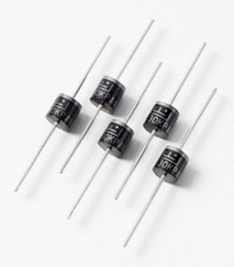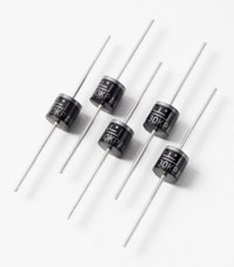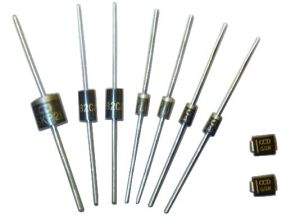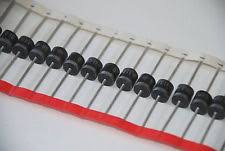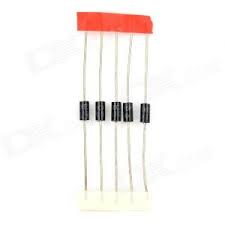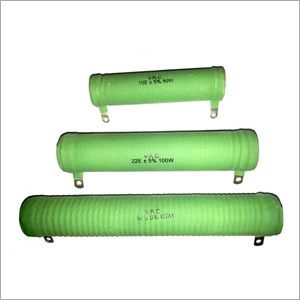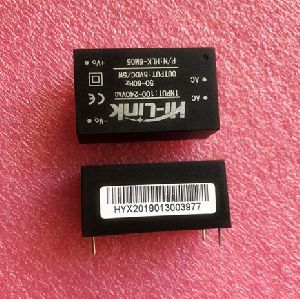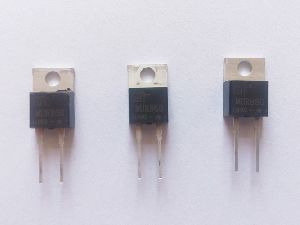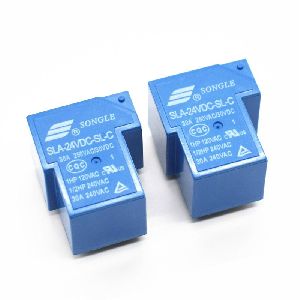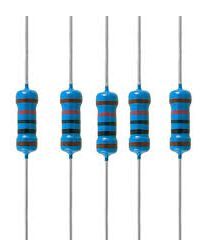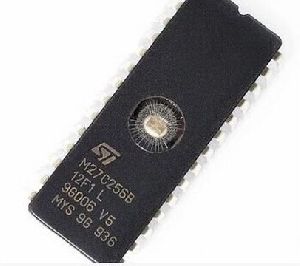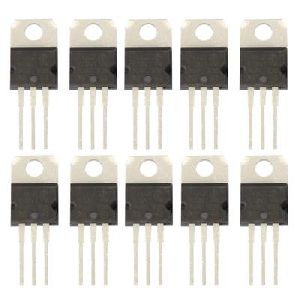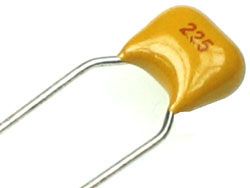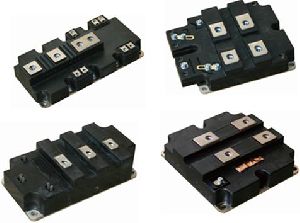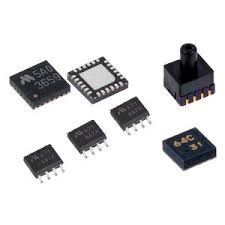Gandhi Nagar, Bangalore, Karnataka
- GST NO. : 29JCRPS1544D1Z2
| Business Type | Manufacturer, Importer |
| Certification | CE Certified, CQC Certified, IAF Certified |
| Weight | 150-200gm, 200-250gm, 250-300gm, 300-350gm |
| Feature | Auto Controller, Dipped In Epoxy Resin, Durable, High Performance |
| Click to view more | |
Preferred Buyer From
| Location | Worldwide |
Product Details
Voltage
110V, 220V, 380V
Operating Temperature
-25 +85deg C, -40 +70deg C
Frequency
50Hz, 60Hz
Power
10-15Kw, 15-20Kw, 20-25Kw
Driven Type
Electric
Warranty
No Warranty
Brand Name
SKS Store
We Have Full Range Of Tvs Diode
- P6KE
- 1.5KE
- SA
- 5KP
- SMBJ
Features
- Trendy patterns
- Comfortable fitting
- Easily washable
Specification
- Voltage - Reverse Standoff (Typ): 24V
- Voltage - Breakdown: 26.7V
- Power (Watts): 400W
Advantages
- The main difference between conventional rectifier and bridge rectifier is that it produces almost double the output voltage as a full wave center-tapped transformer rectifier using the same secondary voltage. The advantage of using this circuit is that no center-tapped transformer is required.
- These are avalanche diodes designed specifically to protect other semiconductor devices from high-voltage transients.[31] Their p–n junctions have a much larger cross-sectional area than those of a normal diode, allowing them to conduct large currents to ground without sustaining damage.
TVS diode is characterized by
- Leakage current: the amount of current conducted when voltage applied is below the maximum reverse standoff voltage.
- Maximum reverse standoff voltage: the voltage below which no significant conduction occurs.
- Breakdown voltage: the voltage at which some specified and significant conduction occurs.
- Clamping voltage: the voltage at which the device will conduct its fully rated current (hundreds to thousands of amperes).
- Parasitic capacitance: The nonconducting diode behaves like a capacitor, which can distort and corrupt high-speed signals. Lower capacitance is generally preferred.
- Parasitic inductance: Because the actual over voltage switching is so fast, the package inductance is the limiting factor for response speed.
- Amount of energy it can absorb: Because the transients are so brief, all of the energy is initially stored
- Internally as heat; a heat sink only affects the time to cool down afterwards. Thus, a high-energy TVS must be physically large. If this capacity is too small, the over voltage will possibly
Looking for "Transient Voltage Suppression and TVS Diodes" ?
Piece
Explore More Products


